- Stone Center
- Blog
Reasons to Choose Natural Stone Pavers Over Concrete Pavers
23/7/2025
5/16/2025
Reasons to Choose Natural Stone Pavers Over Concrete Pavers
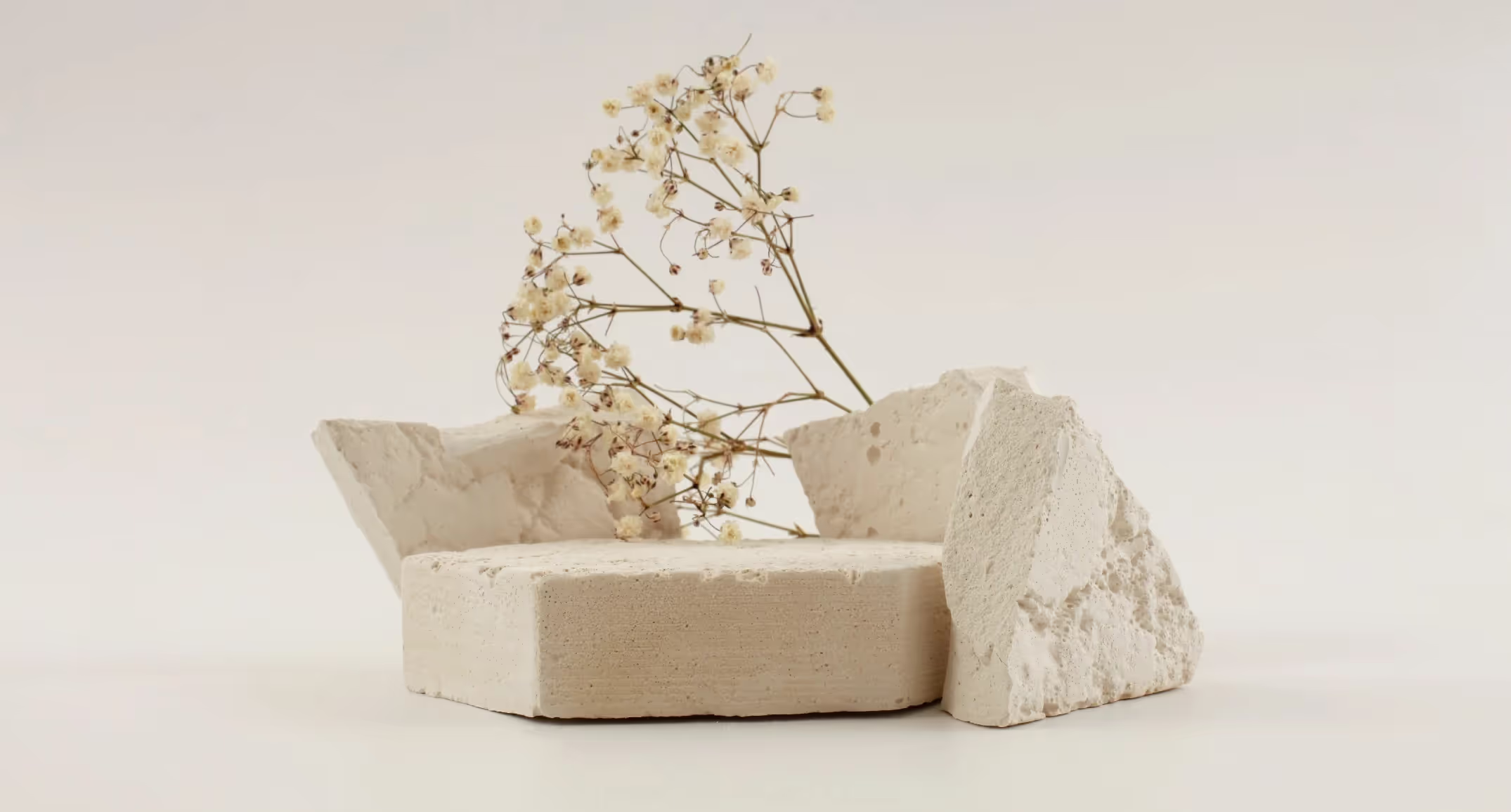
If you’re upgrading your outdoor area, one of the most impactful decisions you’ll make is choosing between concrete and stone pavers. The first framework to consider when deciding between these two options is function over fashion. A suitable hardscape looks good and lasts, but also takes practicality into consideration. For instance, frequently used driveways require different pavers than seldom-walked-on paths.
Widely used concrete and stone pavers each have their inherent advantages and downsides. Natural stone pavers offer unmatched beauty and longevity, while concrete options provide affordability. In this comprehensive guide, the Stone Center team will explore the distinctive characteristics of each option, helping you make an informed decision for your next landscaping project.

Natural Stone Pavers: Pros & Cons
Over millions of years, a combination of heat and intense pressure generated from the Earth's core created natural stone blocks, including granite, marble, limestone, sandstone, and travertine. Natural paver stone is cut from slabs, which are derived from these massive blocks at stone quarries.
Natural stone’s unique character sets it apart — each paver tells its own geological story through distinctive veining, color variations, and textural elements. These innate characteristics create outdoor spaces with depth, dimension, and an organic connection to the surrounding landscape that manufactured products simply cannot replicate. Natural pavers offer advantages over concrete, particularly when it comes to weather resistance, resale value, and long-term beauty.
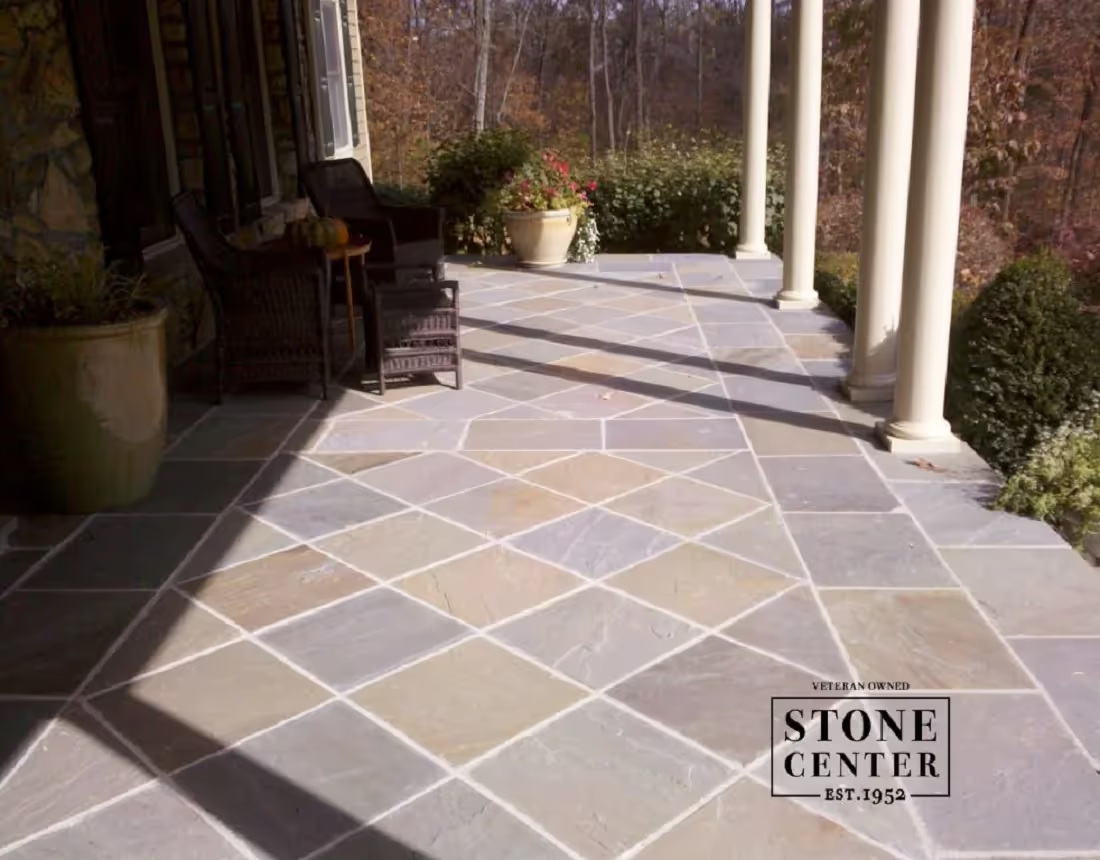
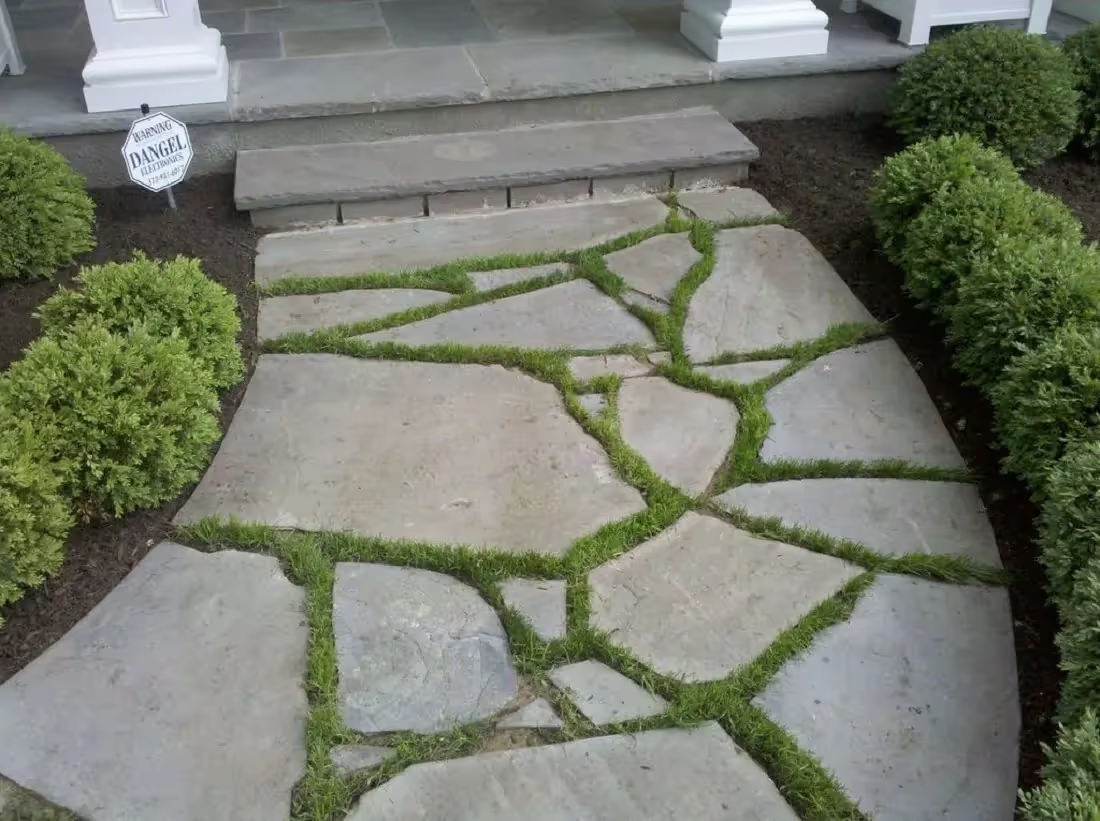

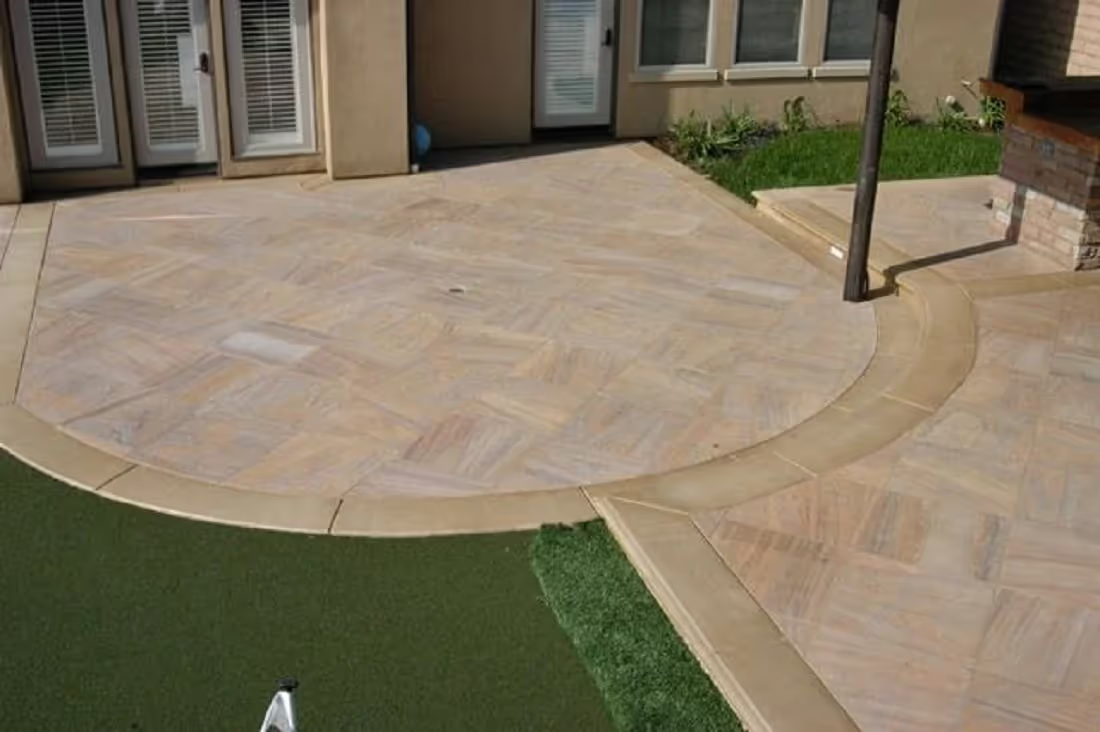
Natural Stone Benefits
- Eco-friendly
- Each paver is unique in pattern and design
- Low-maintenance
- Can last for decades
- Enhanced property value
Natural Stone Drawbacks
- More expensive than concrete
- Stone paver installation is more labor-intensive
Perfect for: Homeowners seeking long-term value, distinctive aesthetics, and willing to invest in premium materials for outdoor living spaces like patios, pool decks, and stone walkways.
Concrete Pavers: Pros & Cons

Although concrete pavers have been used for thousands of years, it wasn't until their mass production in the 1940s that commercial utilization exploded. They are made by blending a mix of dry gravel, sand, cement, and coloring agents and then pressing the mixed aggregate into paving stone. Concrete pavers for outdoor spaces like a concrete patio fall into two categories: interlocking and architectural slabs. These pavers are often used as alternatives to brick pavers.
Interlocking pavers lack a natural look as their frozen-oatmeal texture, and plain shapes appear somewhat “boring” and unrefined. Architectural slab pavers offer an attractive alternative. Although these thinner slabs can't handle vehicle traffic as interlocking slabs do, they are slightly more sensitive to climate and mimic the look of natural stone at less cost.
Concrete Benefits
- Installing concrete pavers is less labor-intensive
- More affordable
- Can mimic natural stone
Concrete Drawbacks
- Less eco-friendly than natural stone
- Can crack under heavy traffic and in extreme weather
- Doesn’t last as long as natural stone pavers
- More homogeneous look
- Slippery when wet
Perfect for: Budget-conscious homeowners, temporary installations, DIY enthusiasts, and projects where uniformity in color and pattern is desired.
Are Natural Stone Pavers a Better Option?
It depends. Both paving materials have distinct advantages, but your needs will determine which is right for your project. Let's compare these options across several important factors:
Concrete Is Less Visually Appealing
Concrete pavers for patios offer less versatility and fewer design options compared with natural stone. While traditional options like poured concrete or stamped concrete are inexpensive and can be stamped, scored, and colored to accommodate different home styles, they still stain and crack over time, detracting from their visual appeal.
Natural Stone Has a Variety of Styles, Shapes, and Colors
Natural stone pavers are ordinarily made from flagstone, travertine, and more, offering an impressive variety of rich and textured earthy hues. Irregular flagstone produces a rugged look with lots of detail, while Indiana limestone pavers offer a polished, elegant, and homogenous look. While artificial slabs can mimic the aesthetic range of natural stone pavers, they don't compare to the one-of-a-kind beauty of natural stone.
Unique patterns and designs of each slab can't be replicated, and as a result, they age far better than their counterparts. Here are some popular natural stone paver options to consider:
- Limestone: Perfect for creating an elegant limestone patio with a smooth, uniform appearance in soft, neutral tones that complement any architectural style.
- Travertine: Offers a distinctive porous appearance with exceptional heat resistance, making it ideal for pool decks and sun-exposed areas.
- Bluestone: Features stunning blue-gray tones that create sophisticated outdoor spaces with excellent slip resistance, even when wet.
- Flagstone: Provides rustic charm with irregular shapes and varied earth tones, perfect for creating natural-looking garden pathways and paver patios.
- Sandstone: Delivers warm, rich colors with excellent durability and a slightly textured surface that offers good traction.
Natural Stone Pavers Are More Eco-Friendly
When it comes to pavers vs. cement, the former beats the latter at environmental sustainability. Stone is a naturally occurring resource; concrete is a man-made material. Because stone pavers don't need the same level of processing, their carbon footprint is decidedly smaller than concrete.
In addition, the porosity of natural stone allows water to travel through the paver and drain into the ground, which is vital to maintain underground water supplies. Rainwater is an integral part of the water cycle because it refills aquifers. When large land areas are covered with concrete, water cannot permeate the surface, which can adversely affect surrounding flora and fauna.
Natural Stone Pavers Offer Better Durability and Strength

Durability automatically ensures better aging. Natural paver stone is stronger than concrete and can withstand up to 8,000 pounds per square inch (PSI), while concrete only supports up to 2,500 PSI. Unlike natural stone pavers, concrete can crack under excess pressure, like regular vehicle traffic, for example.
Although both options are extremely durable, concrete will only last for a good few years, while pavers can withstand decades. In fact, pavers are four times more durable than concrete. Of course, with both, proper maintenance is the key to longevity. However, natural stone patio pavers are a more sensible long-term investment.
Weather Resistance: Both Perform, But Stone Wins
Both paving materials perform well in various weather conditions, but natural stone pavers excel in extreme environments. Natural stone has endured centuries of geological forces, making it inherently resistant to the challenges of outdoor exposure.
Natural stone pavers tend to preserve their beauty as they age because they contain no composite aggregates or pigment. One of the main issues with concrete slabs is how temperature adversely influences them, whereas natural stone can withstand radical changes in weather without cracking.
Concrete Pavers Require More Maintenance
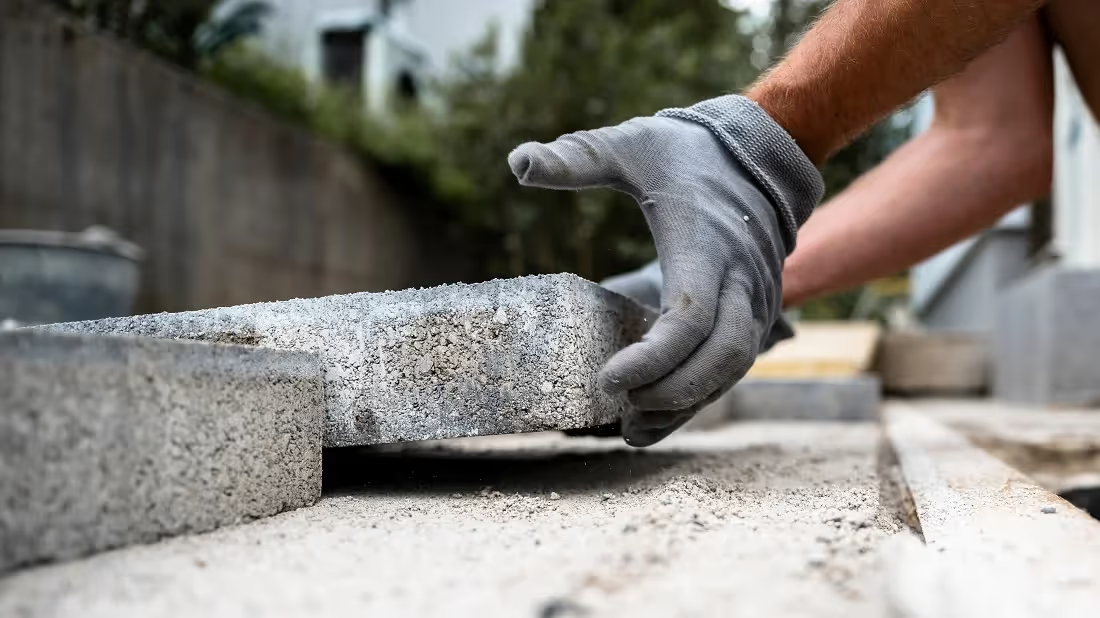
Everyday maintenance is straightforward with concrete, but repairs can become expensive. If concrete cracks due to extreme weather fluctuations, heavy traffic, or shifting ground beneath it, the whole slab will need to be replaced. Stone pavers have smaller joints, so they're less prone to cracking and accommodating seed germination.
Cost Considerations: A Matter of Short vs. Long-Term Value
Natural stone paver cost typically ranges from $15 to $30+ per square foot installed. This premium reflects the stone's superior longevity and aesthetic value. With proper installation, stone pavers deliver an exceptional return on investment through enhanced property value and minimal replacement costs over decades of use.
If you're planning a patio project, you can easily calculate materials and costs with our handy patio paver calculator before making your final decision.
While concrete costs substantially less initially, often $5-15 per square foot installed, their shorter lifespan means replacement costs must be factored into long-term budgeting. Over 10-15 years, these costs accumulate, as repairing concrete pavers might be expensive.
Your Final Decision Matters
Both materials have a place in landscaping, and you can’t go wrong. Concrete is great for quick, budget-conscious projects, while natural stone is a long-term investment in beauty and strength. Whether you're building a driveway, paver walkway, or a natural stone patio, the right paver will enhance your home's curb appeal for years.
If you spend lots of time in your backyard and are seeking something that reminds you of the outdoors, enhances the natural environment, and lasts, you might consider stone over concrete. At Stone Center, our pavers add the finishing touch to backyard entertainment areas and pathways. Our experienced team is ready to help you select the perfect materials for your specific project needs and aesthetic preferences. Contact us today to explore our collection and start creating the outdoor space you've always wanted.
FAQ
.avif)
Jon, the owner of Stone Center, is a knowledgeable expert in natural stone products, specializing in various types of stone for landscaping and architectural projects. Passionate about promoting the beauty and versatility of natural stone, Jon aims to use these blogs to inspire readers with creative ideas to upgrade their homes.
How much does it cost to get a stone restored?
How much you end up spending to restore stone varies on the type of stone, the technique, and the stone’s current condition. Stone in good condition will cost less to restore, whereas stone that has a lot of wear and tear may require a longer restoration.




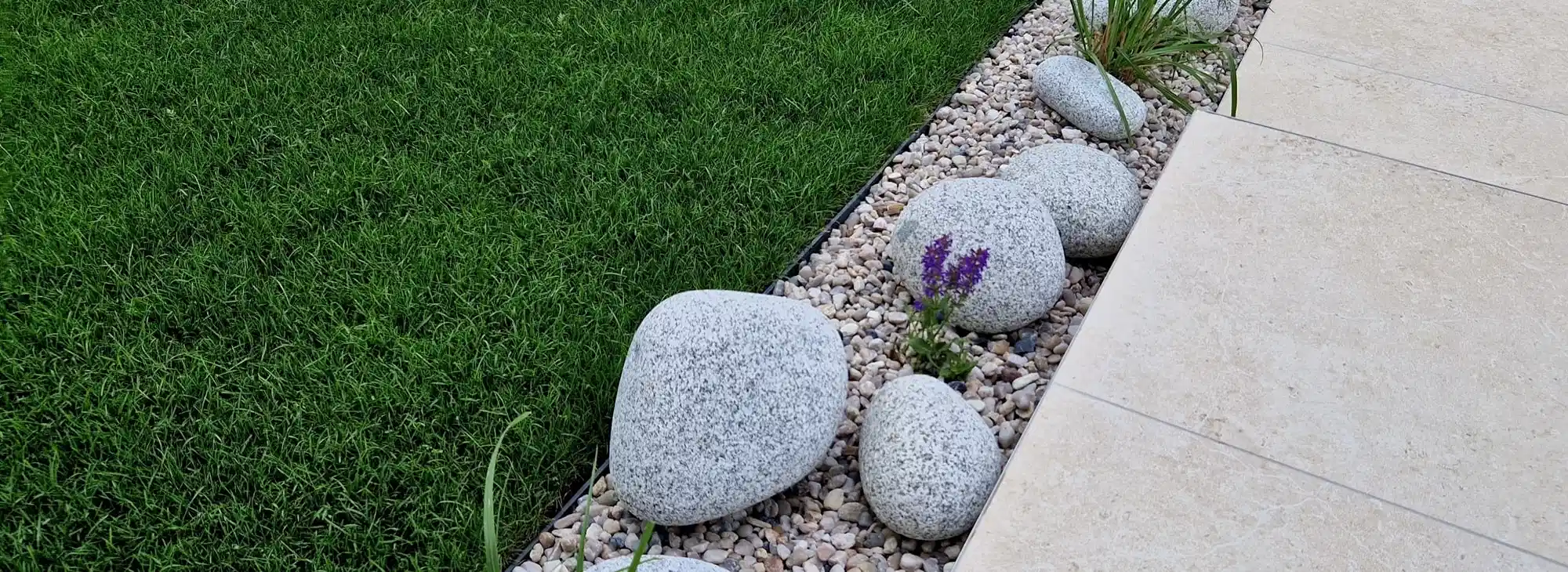
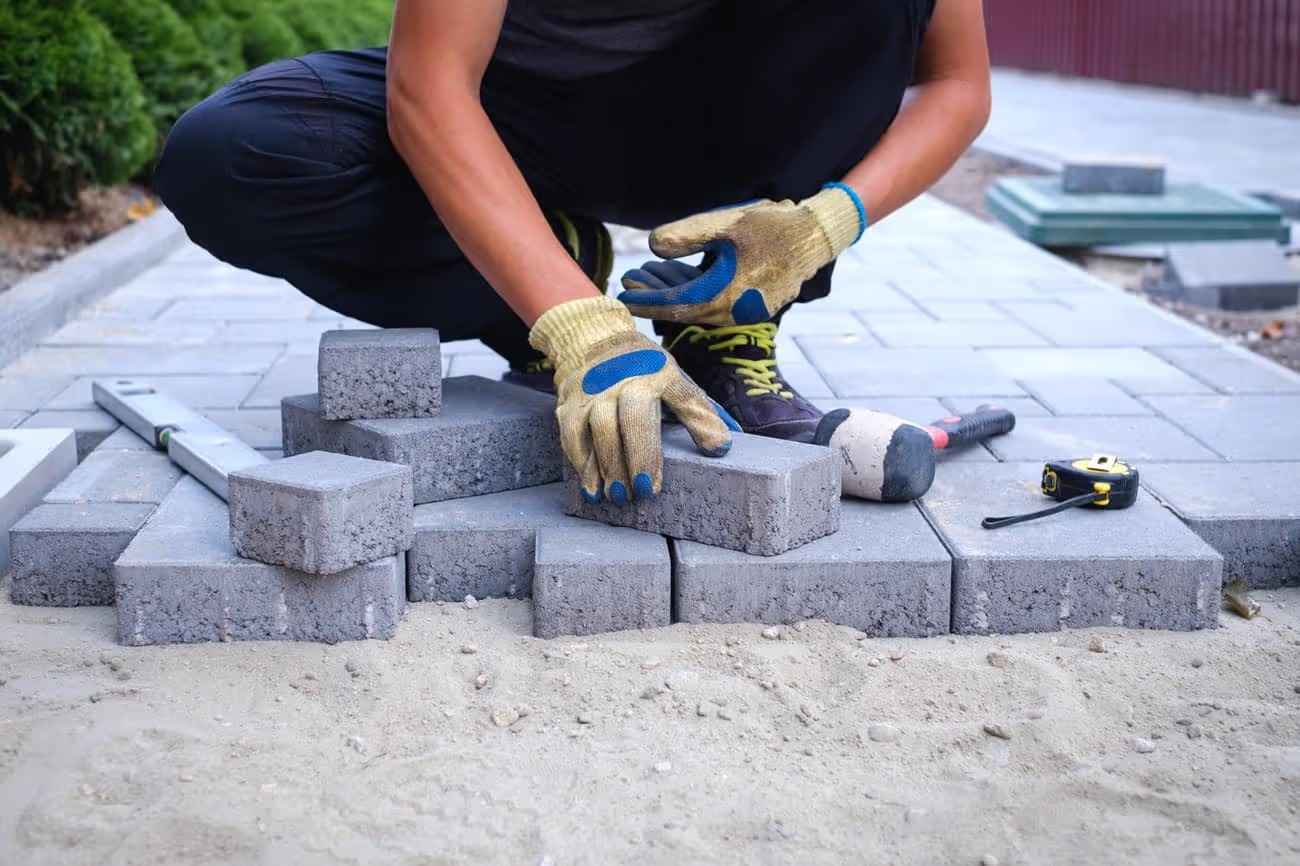
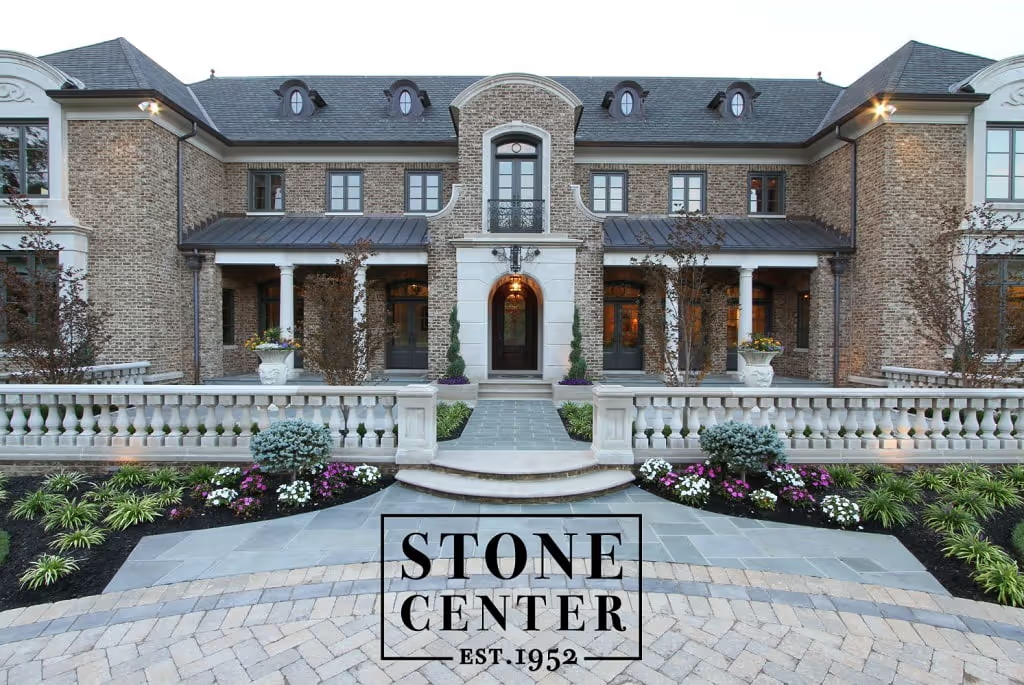
%20(1).avif)
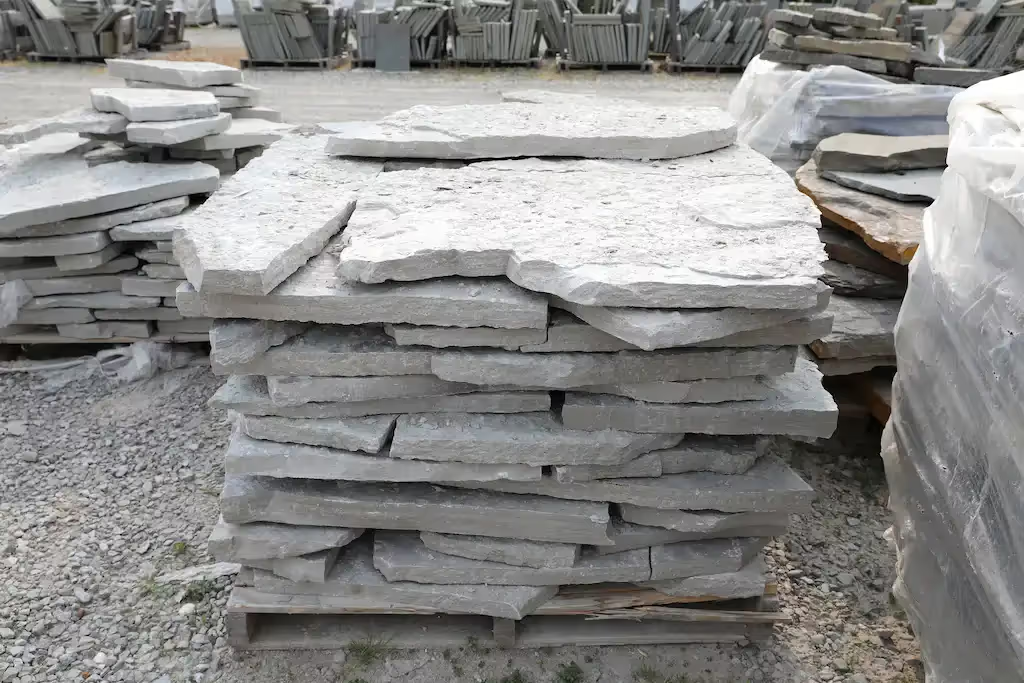
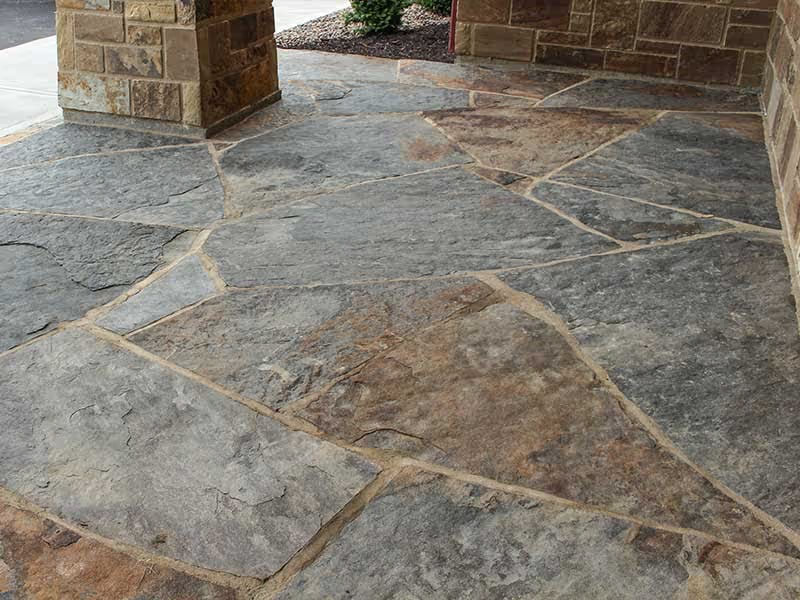
.avif)
